In this article, we will look at the current transportation and travel trends that are shaping Africa’s landscape and how they might affect future development. Before that, let’s check some quick information about Africa’s transport and travels:
- More than 3.2 million people travel in Africa every year.
- The most common means of transport in Africa is road transport, mostly informal transport.
- According to a 2019 report, African cities will have to accommodate 2 billion additional inhabitants by 2050 with major urban developments.
- A survey conducted by the African Development Bank shows that mobility is among the top 10 challenges faced by Africans.
- Africa needs to improve its transportation infrastructure to promote overall mobility, accessibility, and connectivity across the continent.
- Modern transportation can promote regional integration as well as broaden market opportunities for intra-regional trade and transit between African countries.
- Transportation improvements can also play a key role in poverty reduction for an estimated 46% of African people who live below the poverty line.
- Transport systems are important for sustainable development and access to essential services, such as health, water, and sanitation.
- The potential for public-private partnerships has been recognized in Africa’s development agenda and transport impacts on cross-border trade.
people travel in Africa every year
MAJOR TRANSPORTation AND TRAVEL TRENDS IN AFRICA
The face of commute and travel is changing in Africa, the world’s fastest-growing continent. Let’s explore how these trends are altering Africa’s landscape for both travelers and locals alike.
1) Road transport remains the dominant mode of transportation
In 2019, African roads carried 90% of passenger and freight traffic. Additionally, 1.1 billion people in Africa rely on public transportation or walking to get around. Africa is the most road-dependent region in the world, with some countries relying on them as their only means of transport. Most people living in rural areas of Africa don’t drive. Instead, they walk or ride bicycles wherever they need to go. Even for long distances travel in both cities and rural villages, it’s common for people to utilize public transportation such as buses or taxis when traveling long distances. It is estimated that 70% of all trips made by women in Africa are done on foot compared with only 30% among men, who are more likely than women to own and drive cars.

Highways in Johannesburg, South Africa
However, many roads are in poor condition and dangerous leading to accidents. They also lack proper signage and lighting at night, which makes it hard for drivers to see hazards in advance. This could be due to a lack of/limited resources for transport infrastructure investment in Africa.
We should expect road transport to remain prevalent for long since most government interventions to improve transport are focused on roads. For example, most countries are trying to formalize their informal public transport system using Bus Rapid Transit (BRT)– a road transport mode!

Taxis (mini vans) in Johannesburg as informal transport
2) Air travel is being used more
Air travel is being used more and more to transport goods and people on the African continent. There are many reasons for this, including the fact that air travel is faster and more convenient than other modes of transportation. This growth is partly due to rising incomes across the continent. Per capita GNI (Gross National Income) has been steadily increasing over time, from around $1,000 in 2005 to almost $2,000 today—and it’s expected that this trend will continue in coming years.
African air transport is projected to grow at an annual average rate of 6.5% over the next 10 years, according to a Global Market Insights research report titled “Aviation and Airport Infrastructure Construction Market: Global Opportunity Analysis and Industry Forecast, 2018–2026.” This will make African aviation worth $181 billion by 2026—a figure that represents a CAGR of 6.8%.
Despite these, Africa has a higher percentage of unprofitable or at-risk airlines than any other region in the world: half of all African carriers are either unprofitable or at risk of failing financially (compared with a third globally). In addition to having lower ticket prices than other continents, passengers on African carriers have fewer amenities such as food service, checked baggage allowances, and seat pitches (the distance between two seats). According to the World Travel Monitor, Africans are traveling more by plane but still rely on road transport as their primary mode of transportation, mainly due to economic reasons.
The future is bright for aviation in Africa. We will continue to see improvements in air travel in the continent as its population grows and more people become middle class. Air travel in Africa is set to become even more accessible with new airlines and the growth of the aviation industry. It is also worth noting that there are currently many business opportunities for new airlines, especially those looking to operate within the African Union’s member states. Many people are still finding ways to travel despite limited resources so hopefully, this post has given you some insight into what could be next for Africa’s aviation industry!
Mobility is among the top 10 challenges faced in Africa.
3) The once dominant rail transport networks in Africa keep experiencing challenges
While Africa’s road transportation networks are growing, there are challenges with rail transport. Many of the railway infrastructure is old and need to be updated. In addition, the railway network is not as extensive as it used to be because of state-owned monopolies and a lack of investment over the years. This has resulted in fewer trains running on time and fewer passengers using this mode of transportation because they find it unreliable and inefficient compared to other options such as buses or airplanes, which can take you from one country to another with ease.
Despite these, Africa’s few trains will keep making an impact in terms of transportation since rail transport is still an efficient means of transporting goods and people. In Nigeria, for example, the Kaduna-Abuja line has been redeveloped to enable higher speeds. It now transports over 1 million metric tons of cargo per month—more than double what was achieved before 2015. Despite being done at a slow pace, Africa’s rail network will continue to be upgraded to accommodate more freight and passengers.
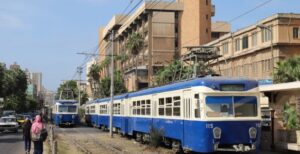
Raml Tramway is the oldest tram in Africa (From Urban Transport Magazine).
4) Advancements in technology are impacting travel
The great advancements in technology are changing how people travel within Africa. In urban areas, technology is enabling people to travel more efficiently than ever before. Also, more young professionals are working remotely, which allows them to live anywhere they choose – no longer do they have to be restricted by location and commuting! Technology has also helped to reduce traffic congestion and pollution by providing alternatives to driving and owning cars (e.g., ride-sharing apps). In addition, there has been an increased focus on technological innovations such as electric cars and drones that can help streamline traffic flow while reducing fuel consumption (and CO2 emissions).
Increasing mobility and accessibility through technology is key to the development of Africa’s transportation and travel. It’s no surprise that the continent is making a big push toward technology; its pervasive use will keep increasing. Africa is becoming more connected—not just by roads but through technology as well. Mobile devices have spread throughout the continent like wildfire; even those who live in remote areas can now access information if they want it (or if someone else wants them to). The increased use of technology would make many more Africans informed to demand better transportation from their governments.
5) THERE IS AN IncreasED adoption of innovative Technologies
Mobility apps are providing another source of innovation in the transportation sector. The increased use of mobile phones, coupled with improved data connectivity, has made it possible for passengers and commuters to access information on routes, schedules, and fares through smartphone applications. This makes it easier for travelers to plan their trips more effectively, reducing travel time and cost while improving service delivery efficiency.
In addition, there are a number of innovative technologies being adopted/developed to improve access to transportation services in Africa; these include apps like Uber and Bolt, which connect people with drivers through their mobile phones so they can order rides without having to hail taxis on street corners – often at inflated prices – or wait for buses that run infrequently if at all.

6) Africa is becoming a more popular destination
There are many reasons for this, but one of the biggest is that travel trends are changing. More people are choosing to explore other countries and continents. From 2010-2016, tourism increased by about 10% per year, and there are now more than 25 million international visits to the continent annually. Moreover, sustainable travel is an important trend in Africa. Many African countries are investing in infrastructure to make visiting their countries easier for people living abroad or within Africa itself.
Africa is also becoming more accessible. Over the past few years, there has been a push to build new roads and railways across the continent with an eye toward increasing trade and tourism. The roads are still rough in places, but progress is being made. Air transport requires an upgrade as well. Boeing forecasted that African airlines will require 1,030 new aircraft by 2040 to accommodate passenger traffic growth rates.
7) Transportation is a large source of greenhouse gas in Africa
According to a report by the Intergovernmental Panel on Climate Change, transportation accounts for 15% of global greenhouse gas emissions. Africa is one of the fastest-growing regions for greenhouse gas emissions. The rapid increase in the number of vehicles on the road is one of the drivers behind African transport emissions. Between 1990 and 2013, transport emissions increased by 70% while passenger car sales doubled. With the growth in both passenger cars and trucks, it is not surprising that these emissions have increased so dramatically over such a short period. By 2050, these emissions are expected to increase by another 50%.
KEY FACTORS AFFECTING TRANSPORTation and travel TRENDS IN AFRICA
Urbanization and the growth of the middle Class: In 2018, there were 55 mega-cities on the African continent with populations of over 1 million people (1). Six of these mega-cities (Nairobi, Kinshasa/Brazzaville, Lagos/Ibadan, Abidjan/Dakar) have populations between 2 and 5 million persons; 11 mega-cities have populations between 500 000 and 1 000 000 people; 25 mega-cities have populations between 100 000 and 500 000 people; while 28 other cities have populations less than 100 000 residents each – all considered smaller urban centers or townships within larger metropolitan areas.
As urban populations and the middle class continue to grow. They also want their experiences to be better than before, calling for public transportation. Similarly, the growth of the middle class comes with the demand for mobility and travel. The middle class has been driving the demand for better transportation options, particularly in this technological era.
Need for affordable and accessible transportation: Urbanization and the growth of the middle class have led to increased demand for affordable and accessible transportation in Africa. With that, African governments are prioritizing the need for affordable and accessible transportation, as well as infrastructure. There is a strong desire among African leaders to improve public transportation systems and other forms of sustainable transportation within their countries.
Need for infrastructure: Another key factor affecting trends is the need for infrastructure. This refers to all things related to transportation, such as roads, bridges, and railways/railroads. The growth of the urban population and the middle class has put pressure on existing infrastructure and highlighted a need for new solutions to accommodate changing needs and expectations. This has necessitated infrastructure development that provides not only better access for goods transport but also offers improved travel options for people who require reliable forms of transportation within their communities or even across national borders like those found between South Africa & Zimbabwe/Namibia/Botswana, etc.
Technology and innovation at the forefront of transportation and travel: Technology has been at the forefront of transportation in Africa, especially since technology has become an integral part of our lives. It has transformed how Africans consume goods and services such as travel. Aside from that, Africa has become more connected—not just by roads but through technology as well. Mobile devices have spread throughout the continent like wildfire; even those who live in remote areas can now access information if they want it (or if someone else wants them to).
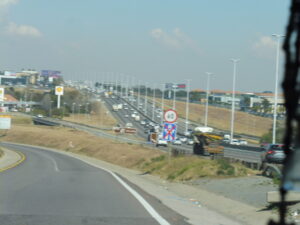
Highways in Johannesburg South Africa
THE NEW NORM FOR transportation and travel in AFRICA
The new norm is that people are more mobile, connected, informed, and demanding.
Mobility and Accessibility: The African continent is urbanizing at a rate that is expected to double its population by 2050. While Africa’s cities are growing faster than any other region in the world, they face unique challenges, including poverty, poor infrastructure and a lack of public transport options. Despite these problems, technology is empowering Africans to demand more transport options from their governments, make their own decisions and change the world. For example, as a result improved mobility and accessibility over time, Africans are more likely to be making plans to travel over the next 12 months using varied modes of transport.
Loosening of Movement Restrictions: A great deal has changed in the past decade. It is more than just flights and visas that are becoming easier to obtain, it’s also the attitude of African countries towards foreign influence. The world has become much smaller since the internet became a thing and Africa has taken notice. This can be clearly seen by the loosening of movement restrictions across borders and nations within Africa as well as between African countries and other parts of the world.
Connectivity and Capacity Building: Africa is a continent full of opportunities but also challenges. While there are many parts of Africa that are still lagging behind in terms of transport, there have been significant strides in its transportation systems and travel. The continent has a lot of potential for growth in the travel and transportation industries. Three factors that could make this happen are affordable air travel prices, better roads across Africa, and increased investment in public transport systems.
SHAPING THE FUTURE
In conclusion, it is clear that transportation and travel in Africa are changing rapidly. The middle class is growing, urbanization is on the rise and people are more connected than ever before. As a result, we can expect to see increased multimodal travels and more innovation in the transport sector as new technology comes into play and helps drive economic growth across the continent.
Transportation in Africa will continue to evolve as a result of ever-changing factors!!!
What are the implications of these trends for the dominant informal transportation in Africa?
How does the increasing adoption of BRTs factor into these trends?
Images Sources: Oforiwaa Pee Agyei-Boakye and Urban Transport Magazine
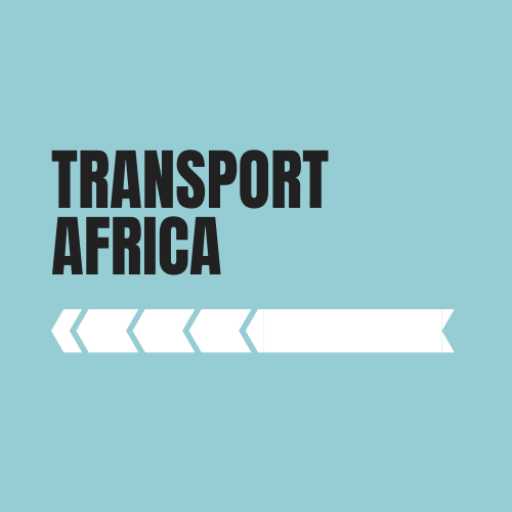
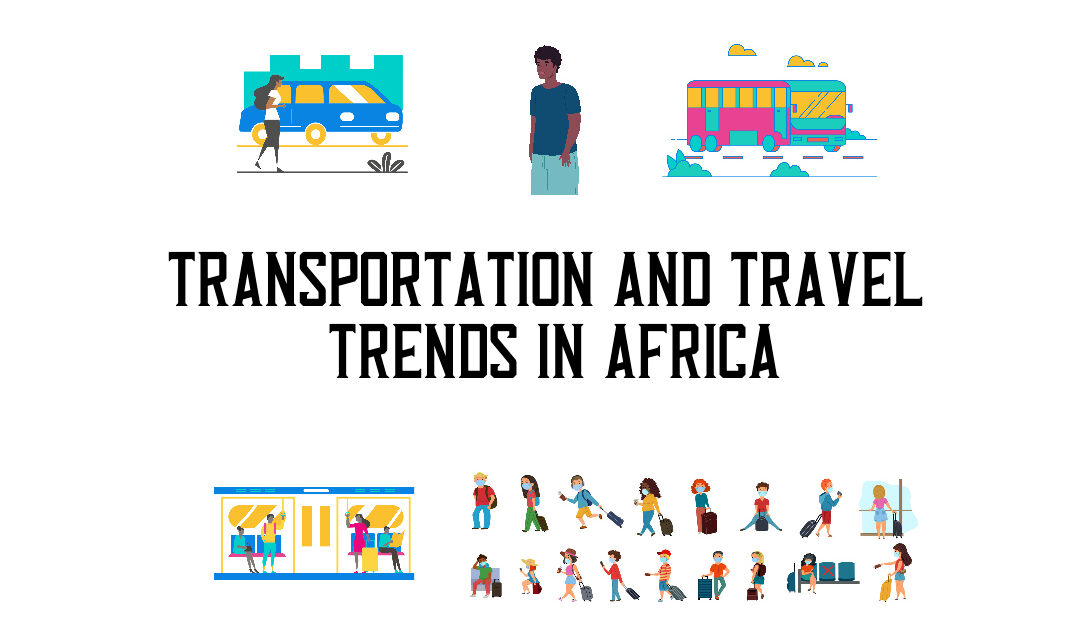
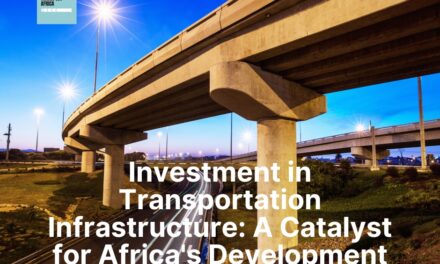
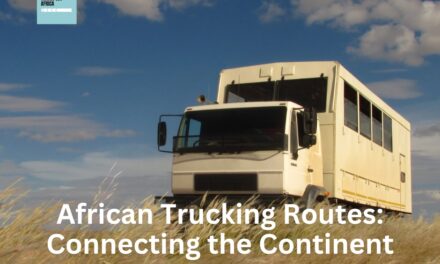
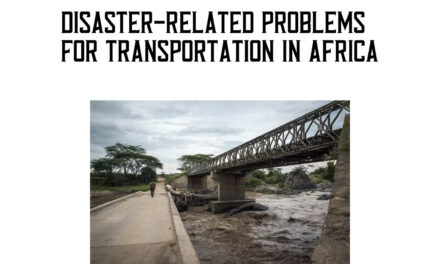

I have recently started a site, the information you offer on this web site has helped me greatly. Thanks for all of your time & work.